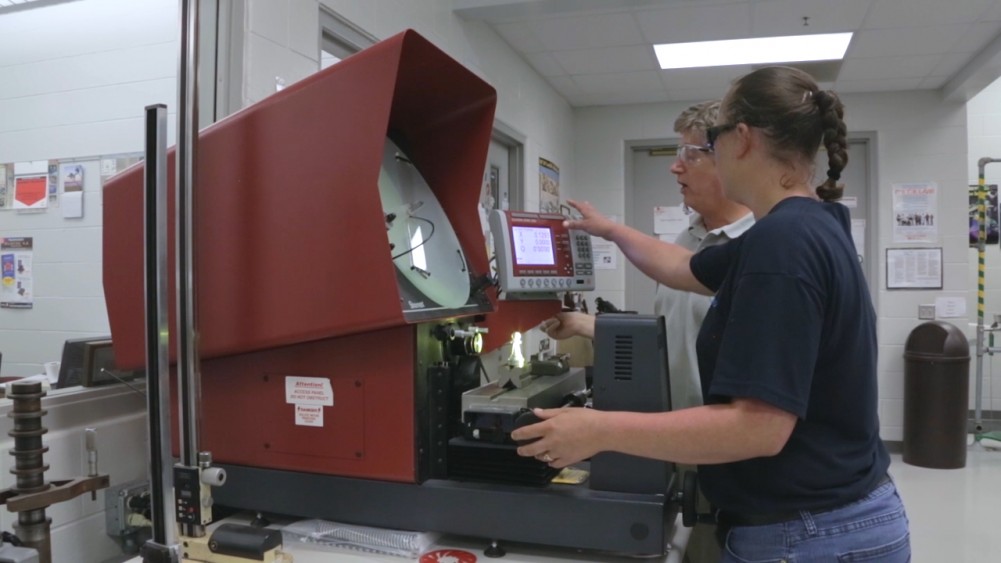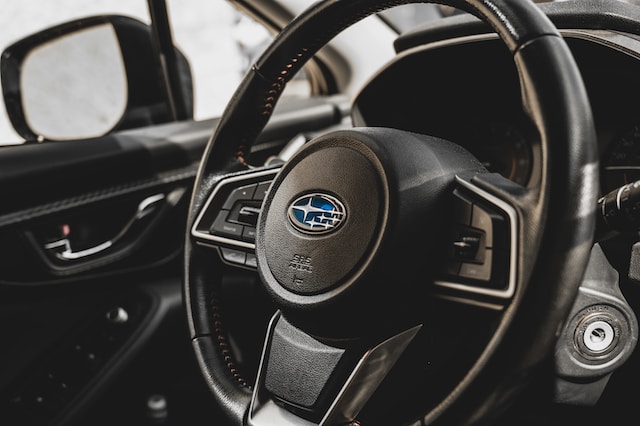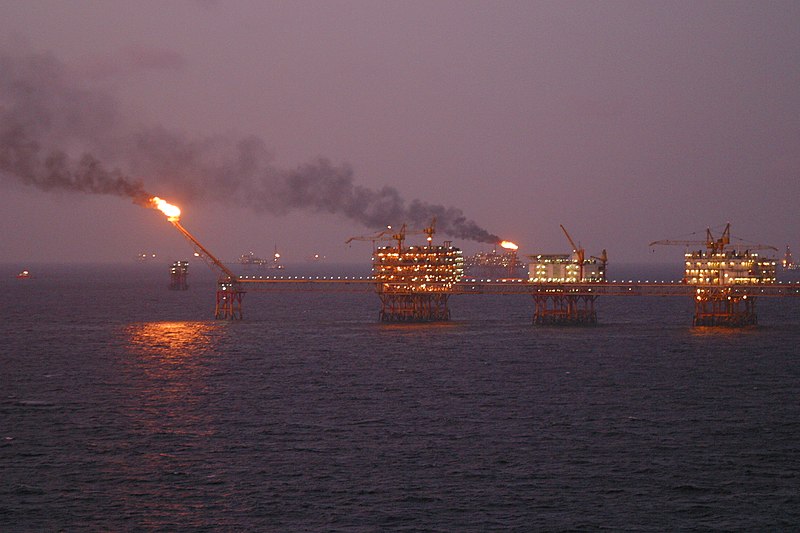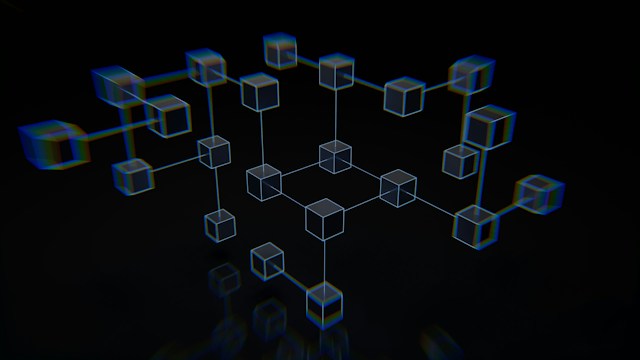Everyone is familiar with the simple metal household screw. And yet the manufacture of metal screws requires a complex machine so that every screw in a batch has the same dimensions, hardness, and durability. Machines including drill presses, grinders, lathes, and mills do the same.
Increasingly Automated Precision Machining & Surface Finishing
Precision machining, “Computer Numerically Controlled,” CNC machining, or Precision CNC as it is alternatively known as is part of the metal products industry and is key to making large and small objects used in our daily lives and industrial production. Precision machinists, and increasingly, automated machines, create intricate pieces from bronze, nickel, glass, graphite, steel, and other materials. When those pieces wear down, repair is done using machine tool calibration, welding, grooving, and other techniques often aided by computer-aided design (CAD) programs such as AutoCAD and TurboCAD. Software-driven machining is becoming easier to program and significantly reduces machining times.
Many industries depend on companies that provide precision and ultra-precision machining, design, and assembly. For example, PCX Aerostructures provides the aviation industry with flight critical rotorcraft components and fixed wing Aeronautics structures that have close-tolerance and high-wear design.
SpaceX on the Cutting Edge of Ultra-Precision Machining
SpaceX is a great example of the need for the best CNC technology available. When struts failed in a recent SpaceX launch, tens of millions of dollars were lost and millions of man-hours. IndustryTap reported on SpaceX’s use of advanced machining in The Rise of Virtually Designed Products and 3D Printers in 21st Century Design and Manufacturing.
In the following video, NYC CNC explains, “What is Machining?”







